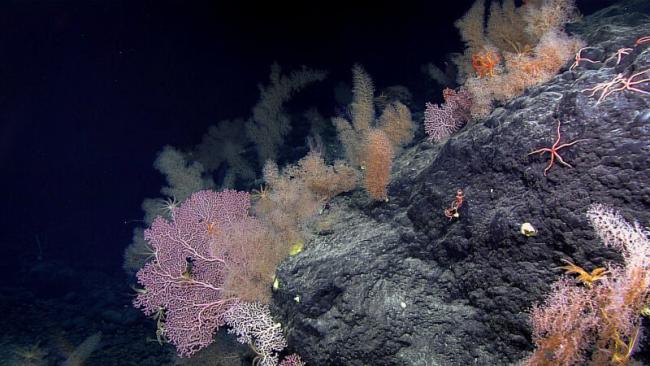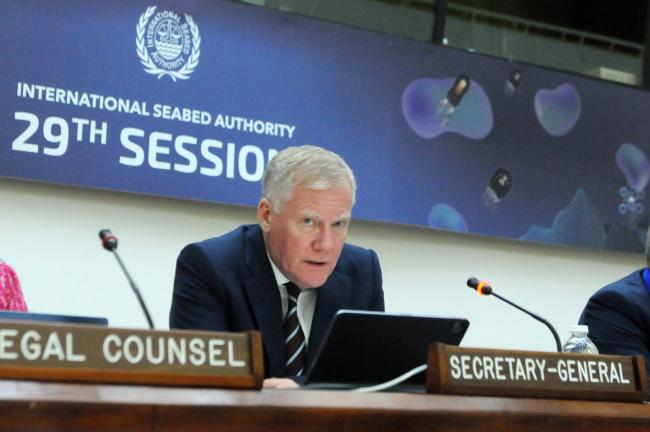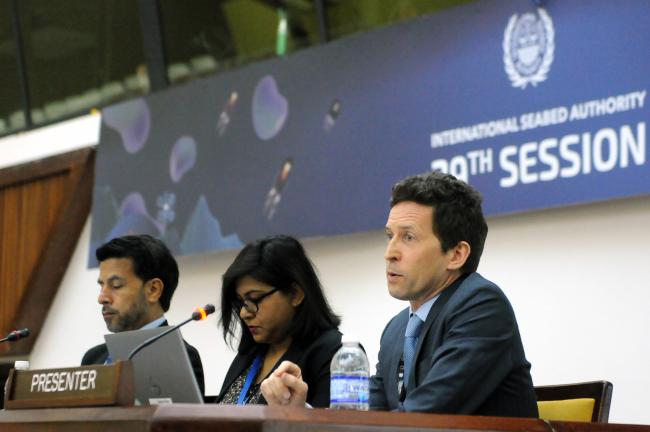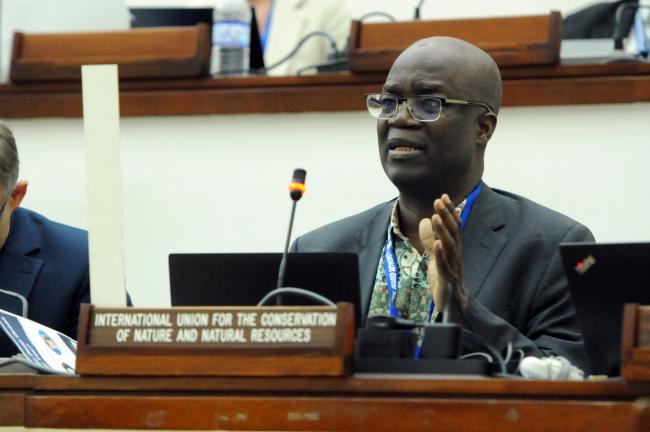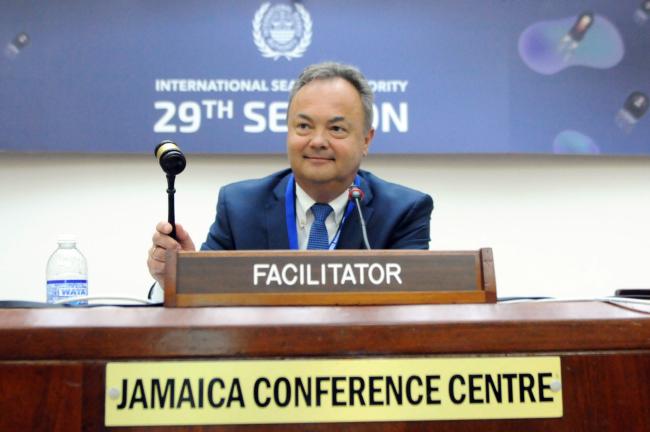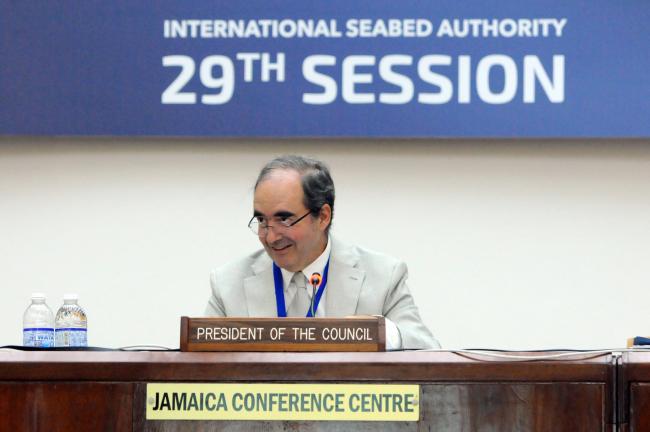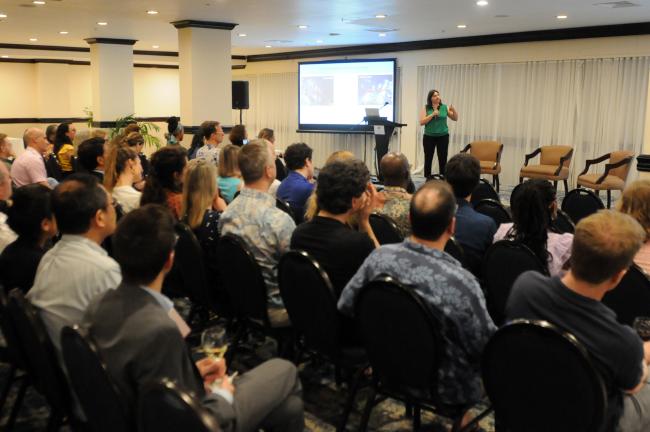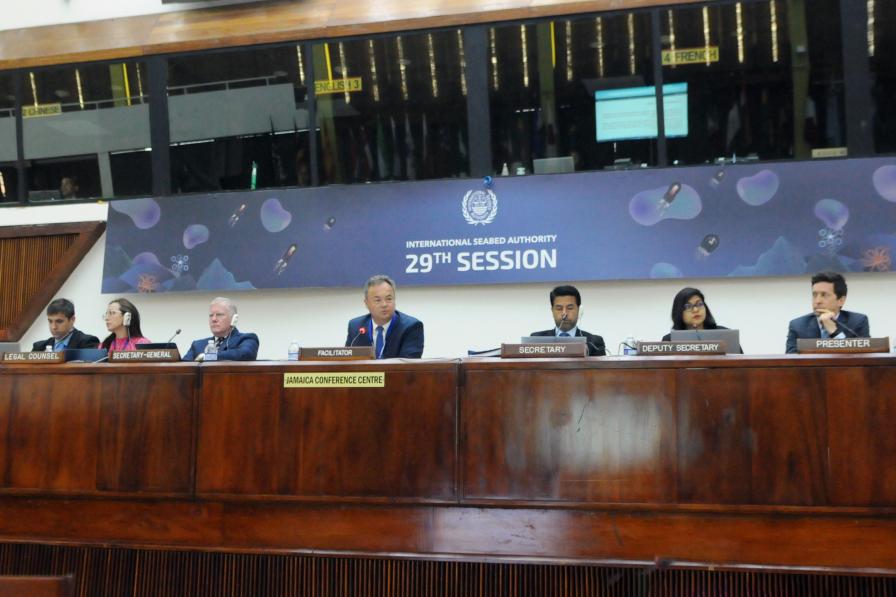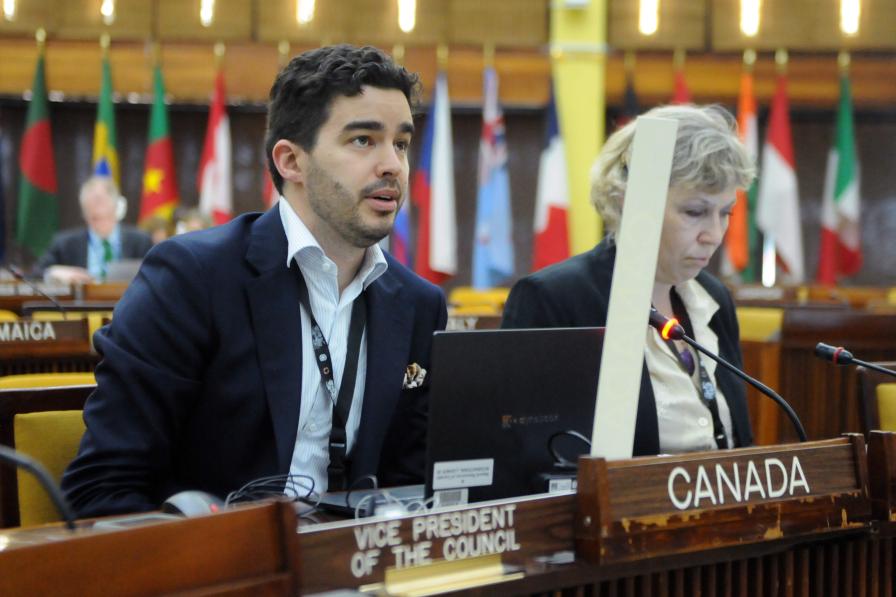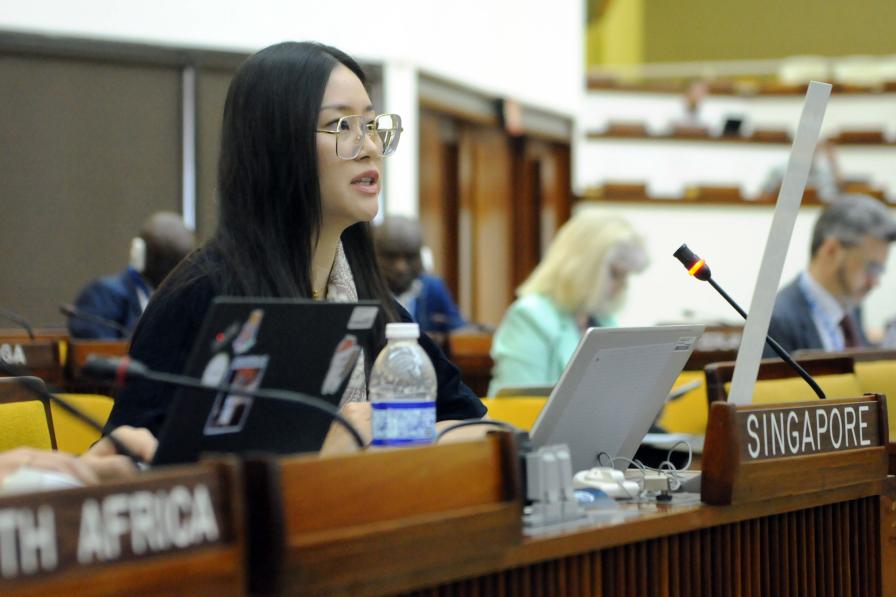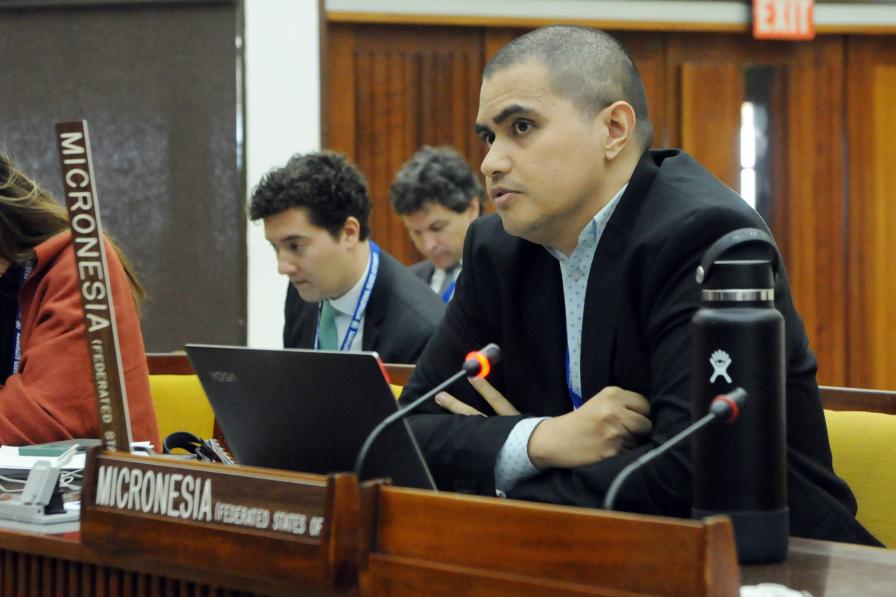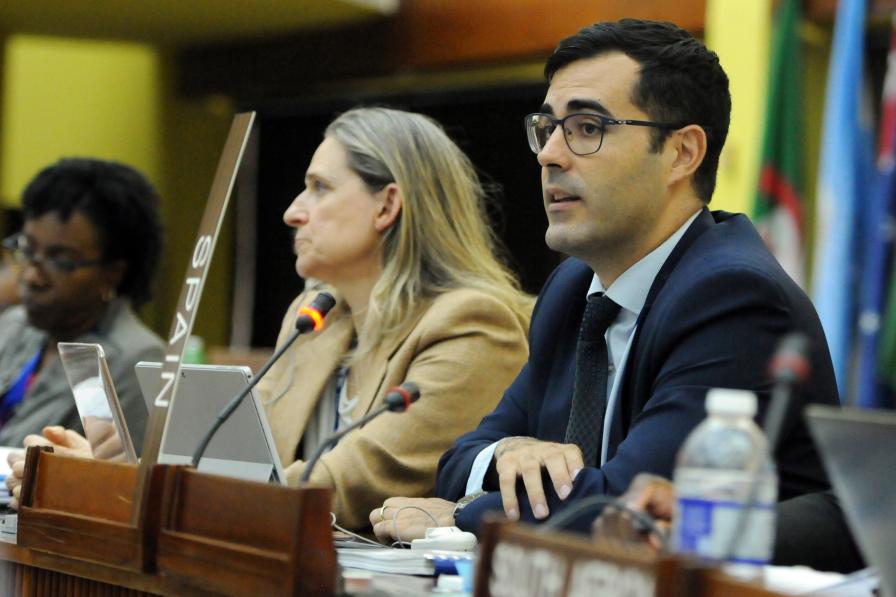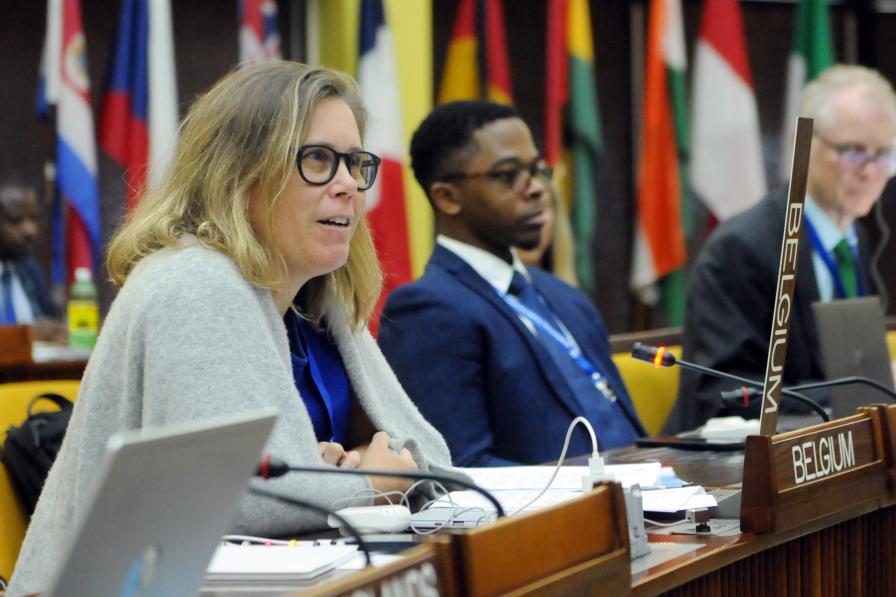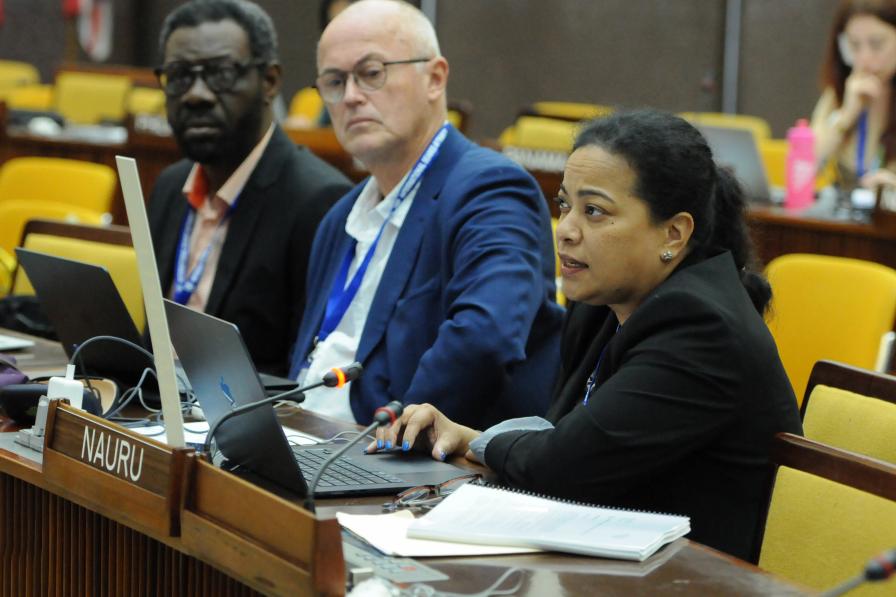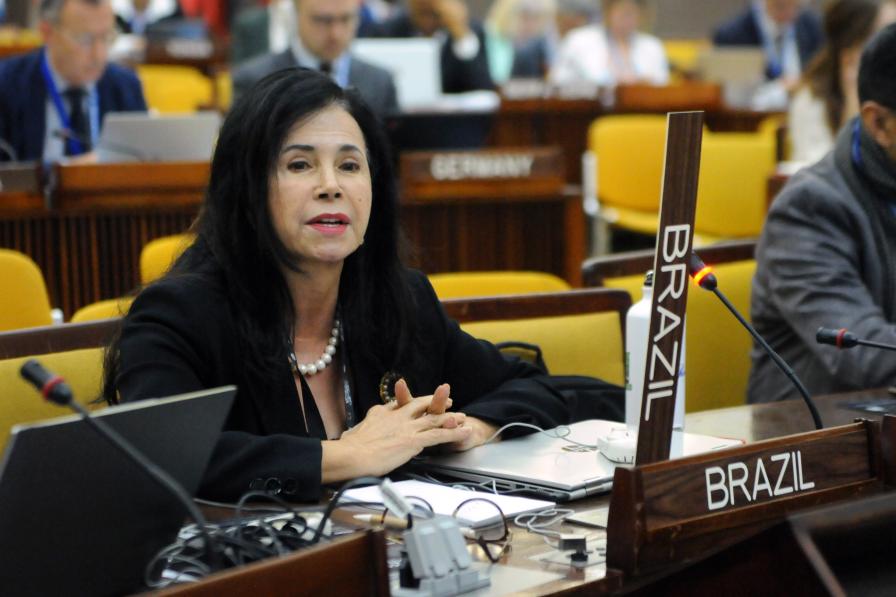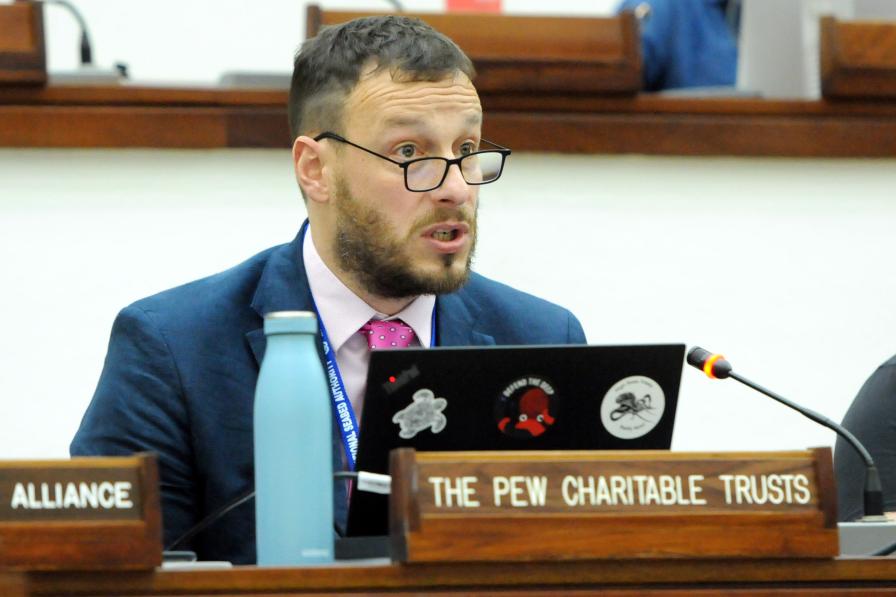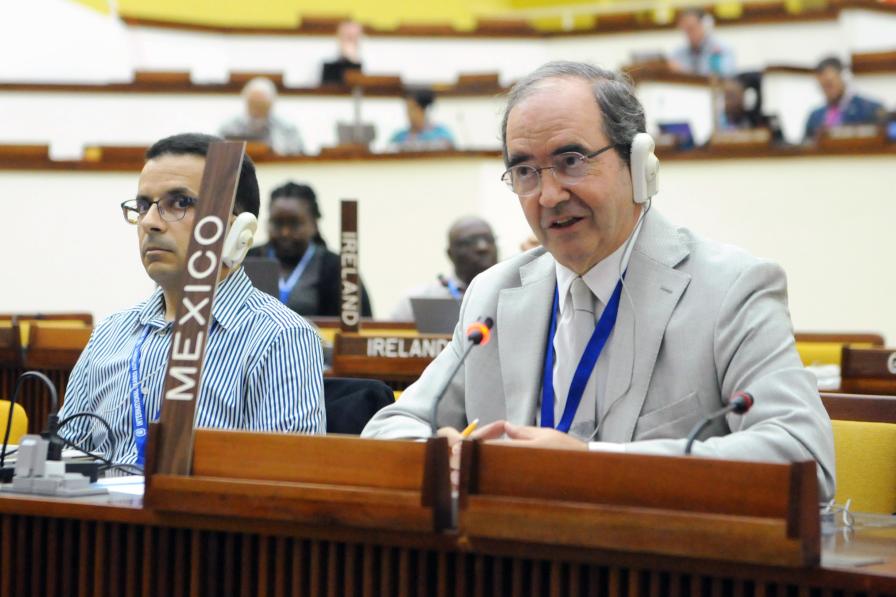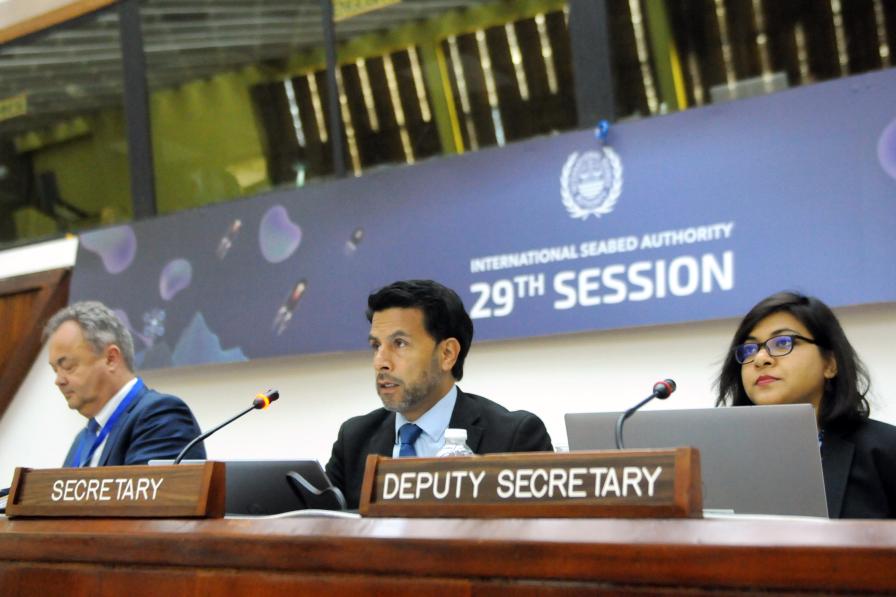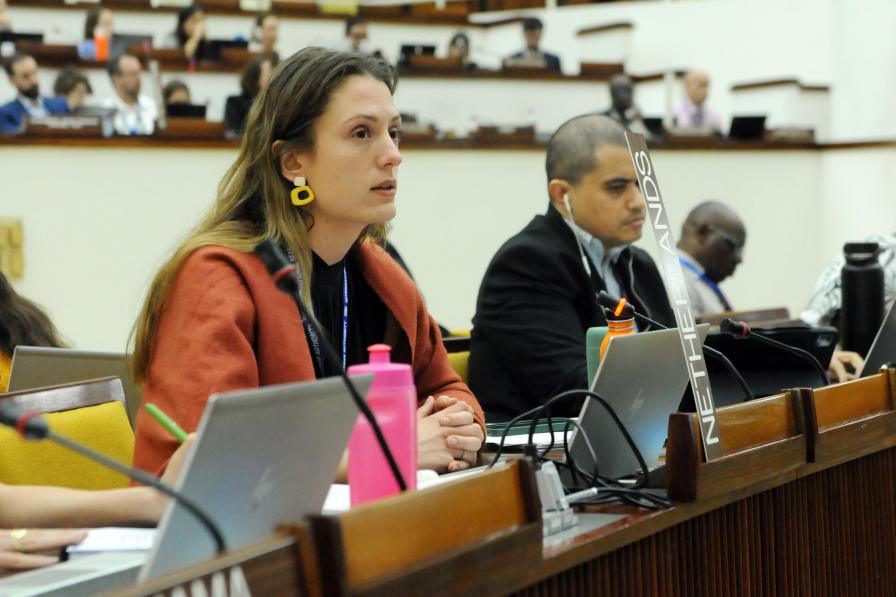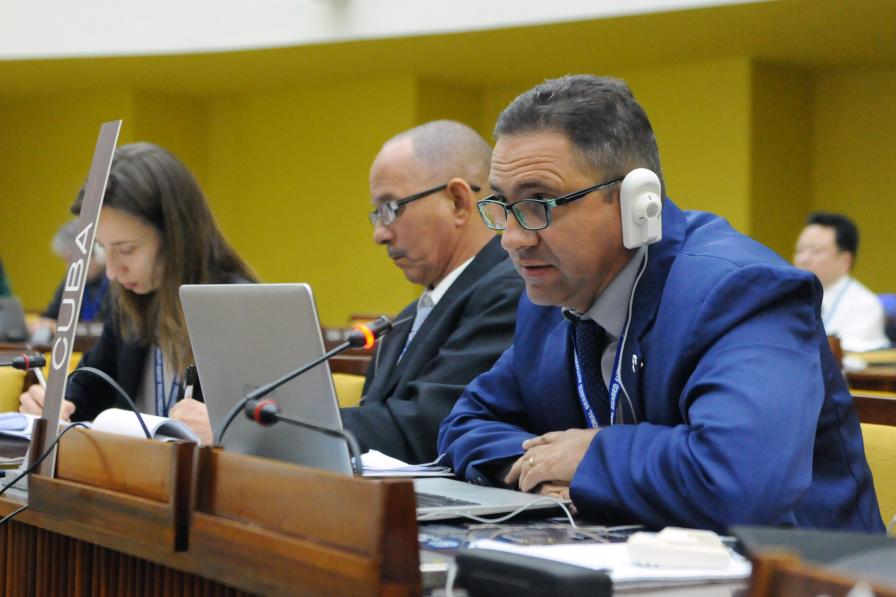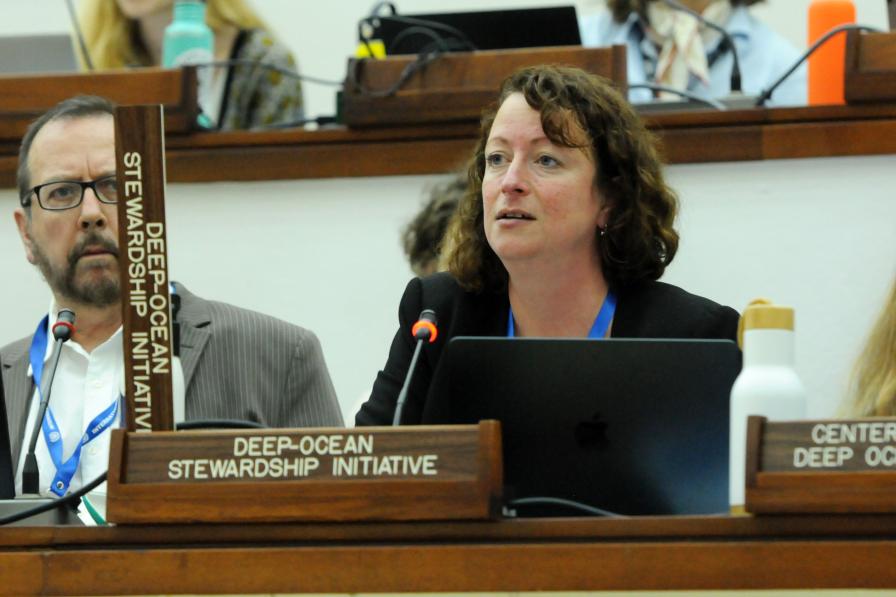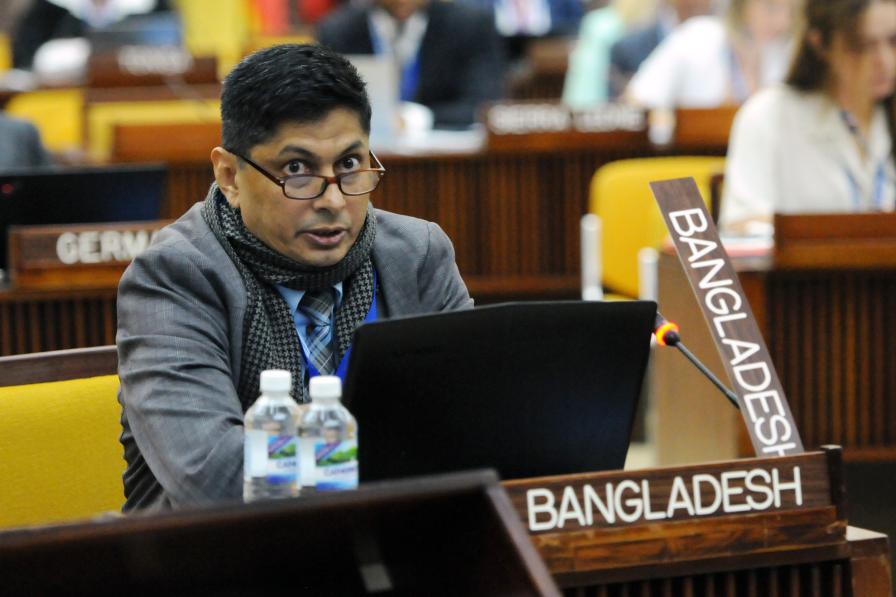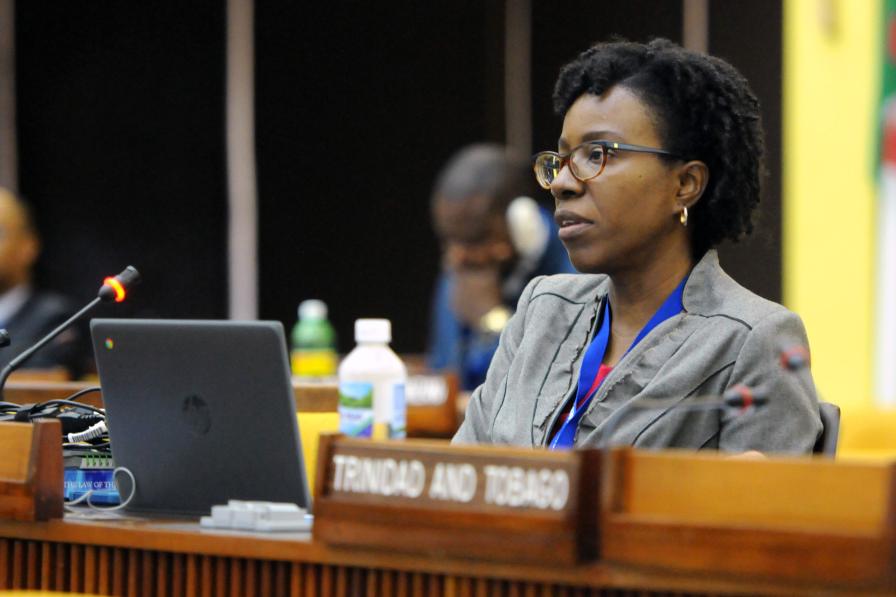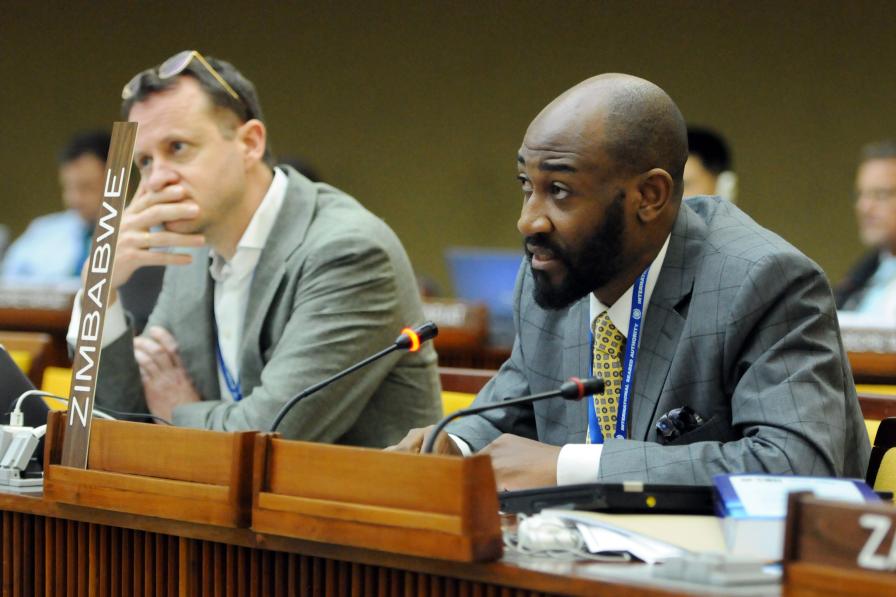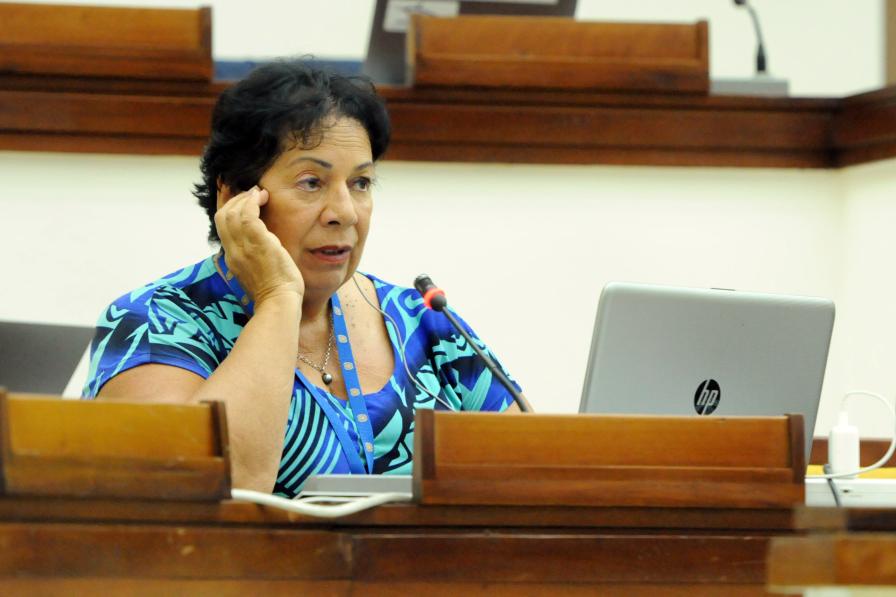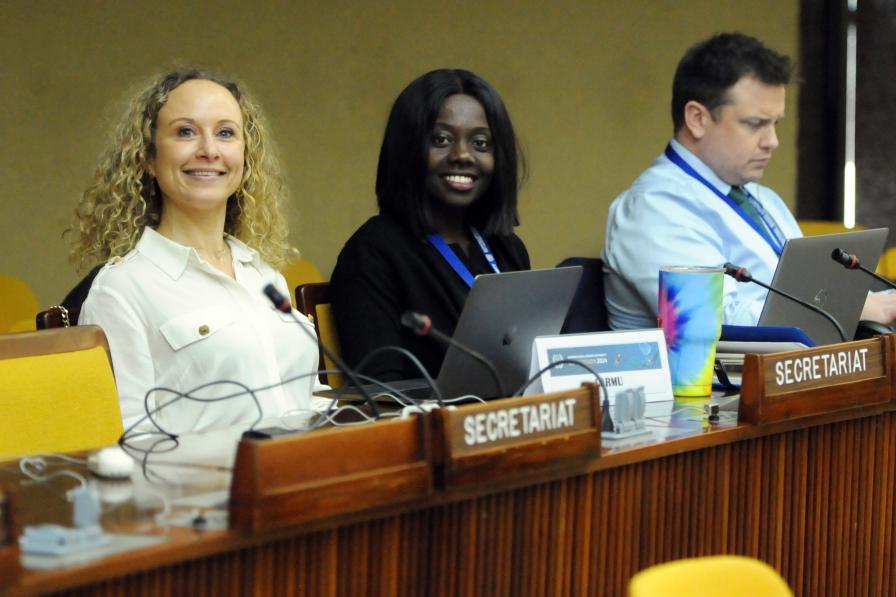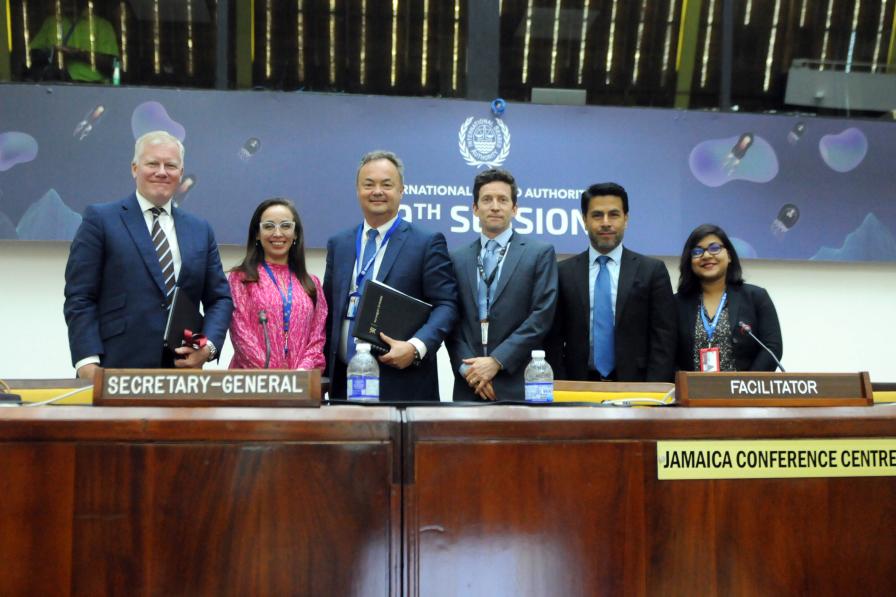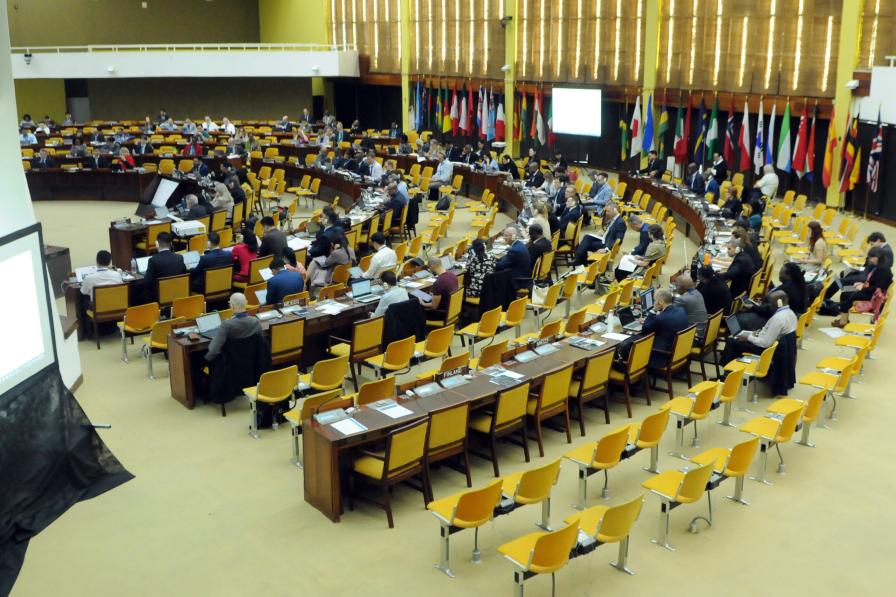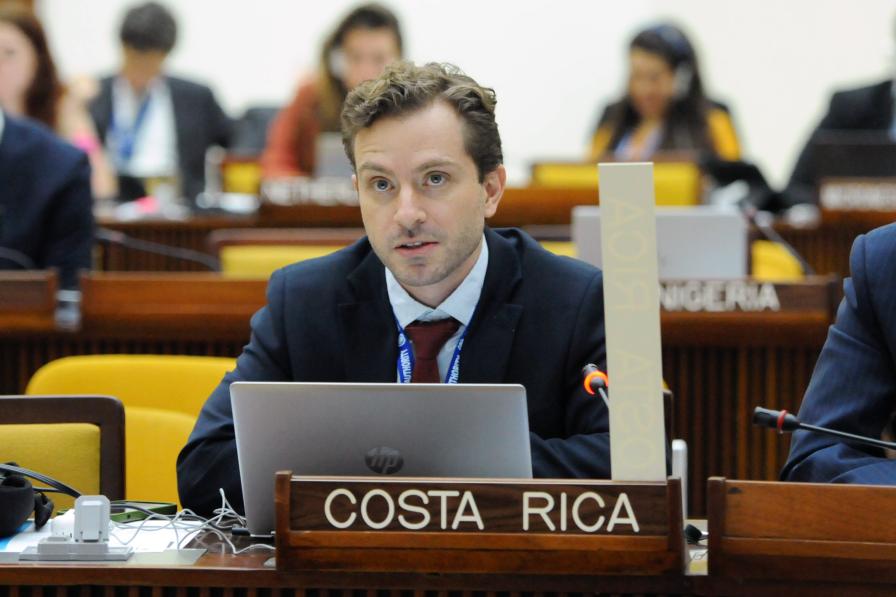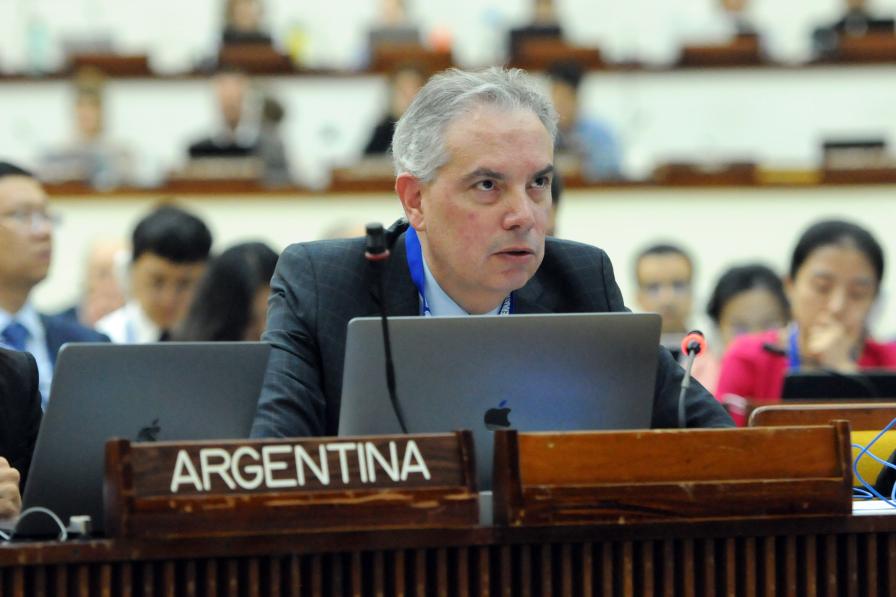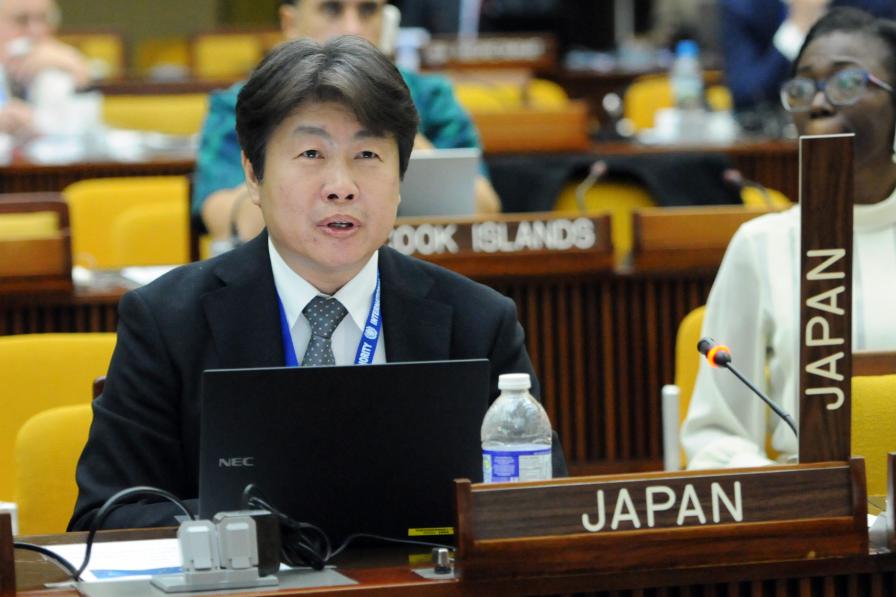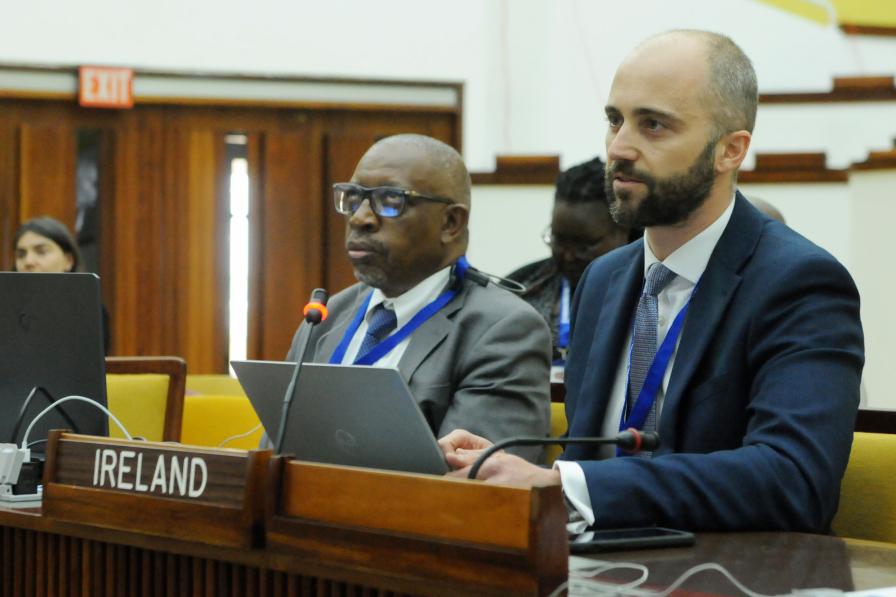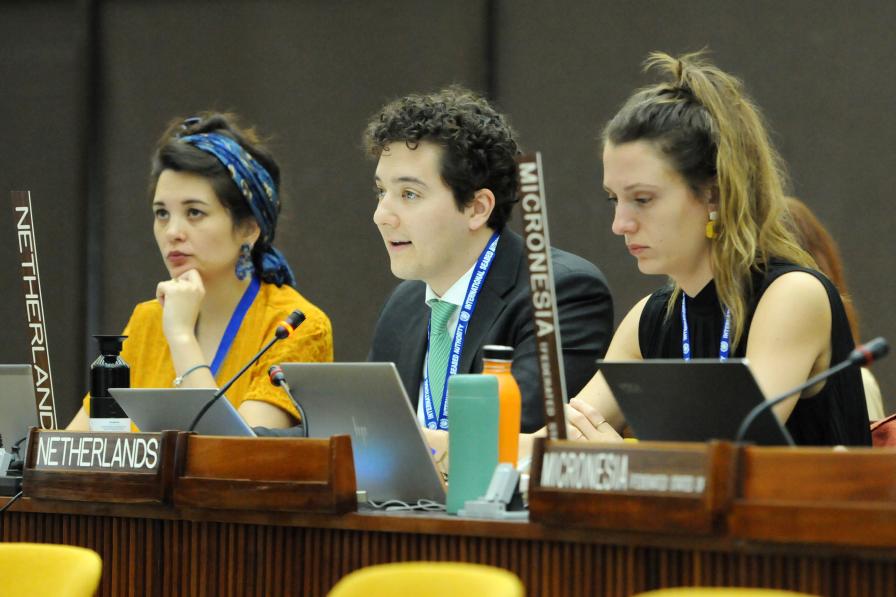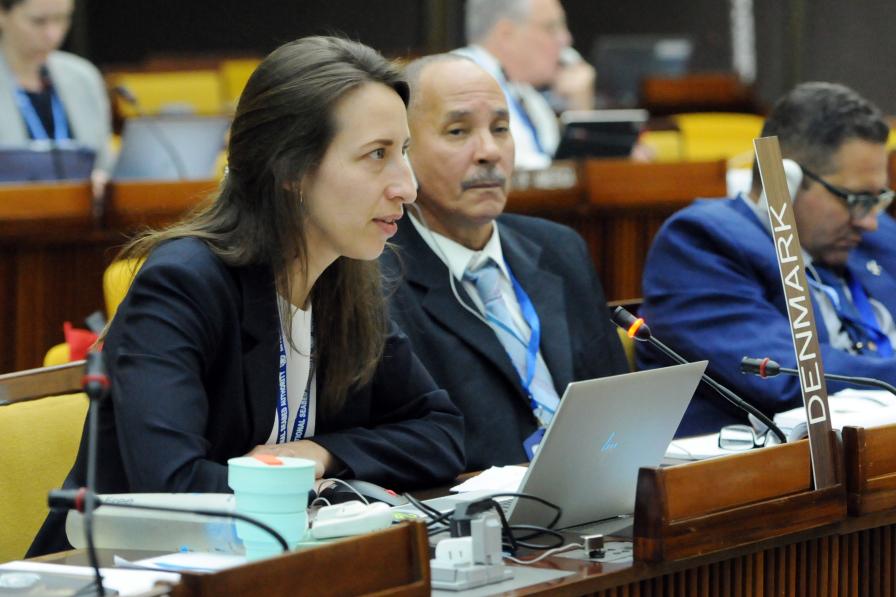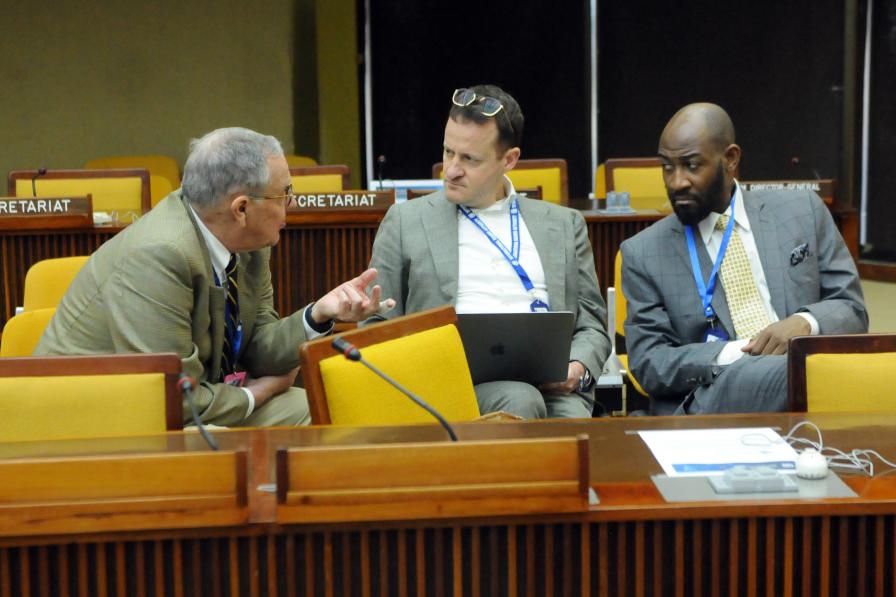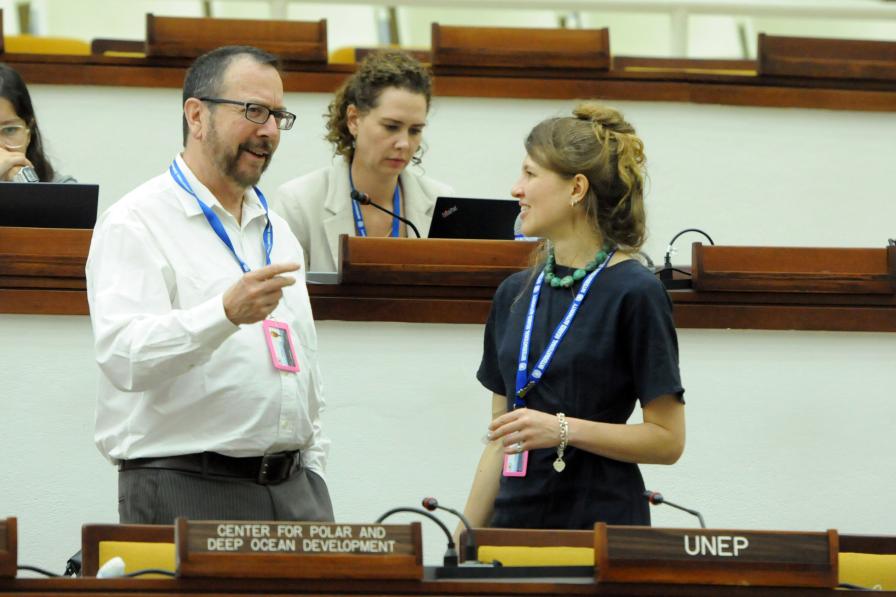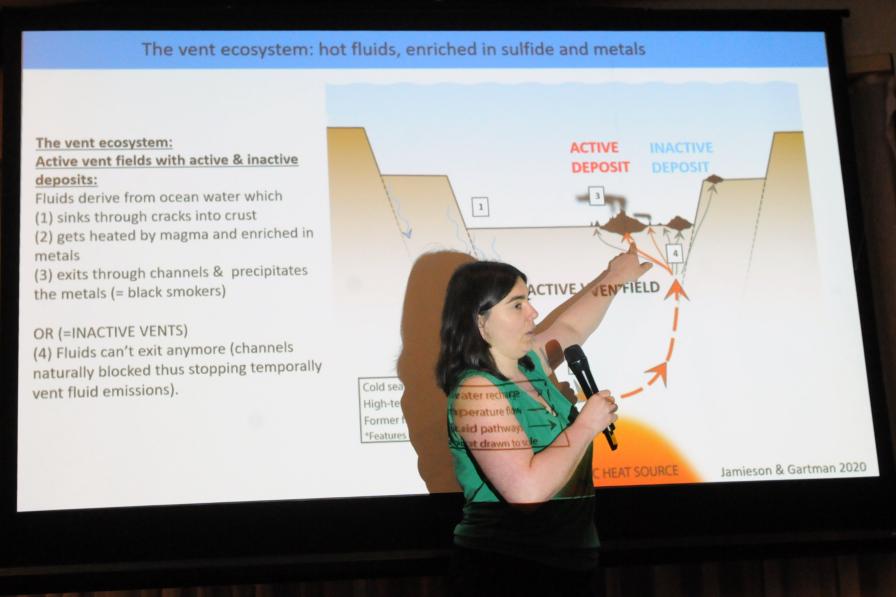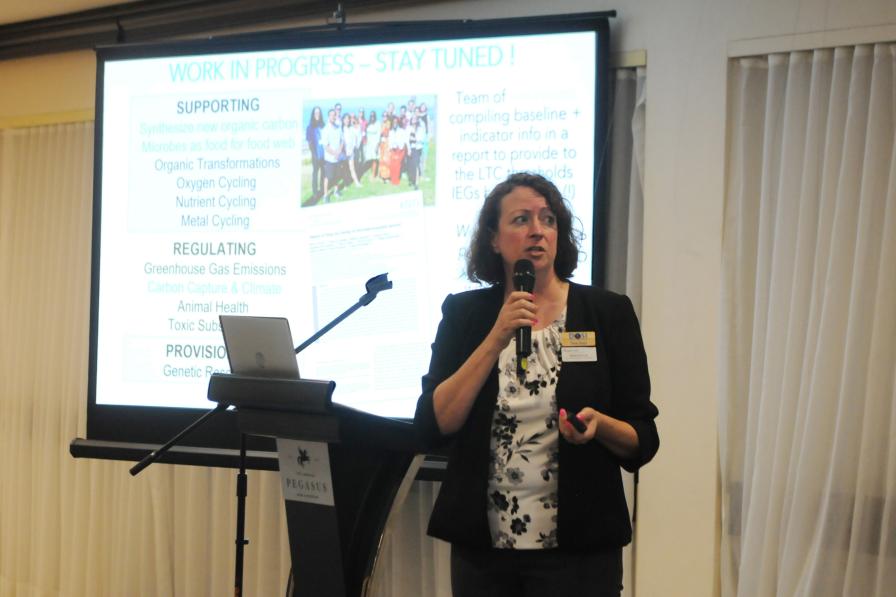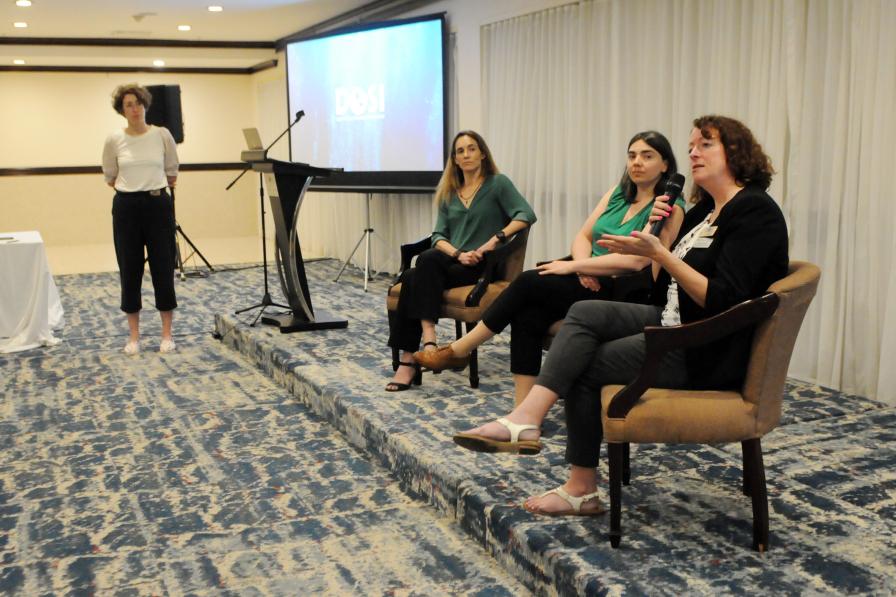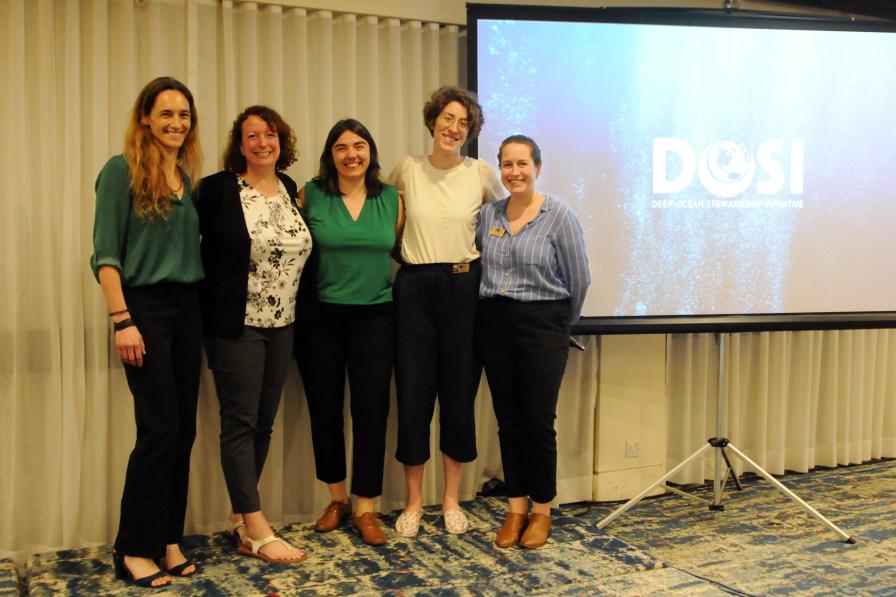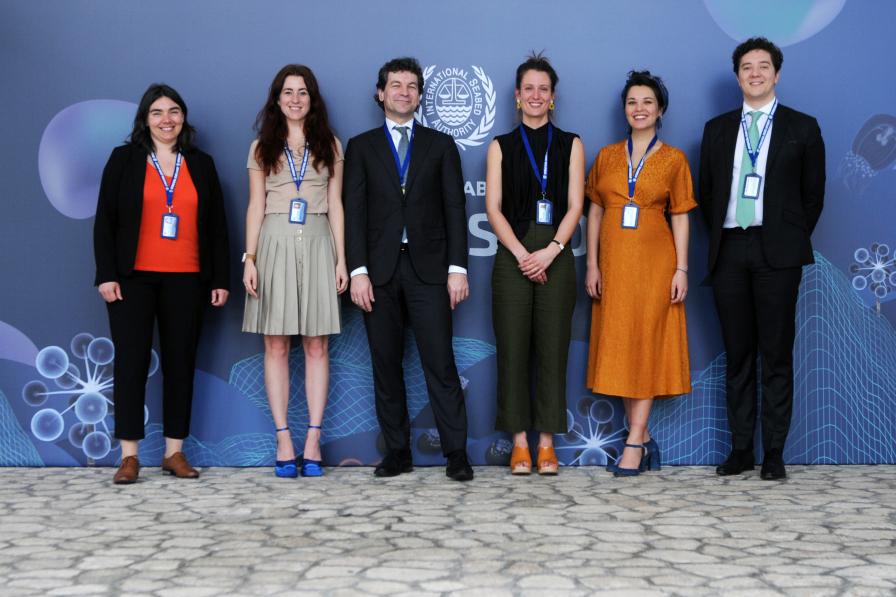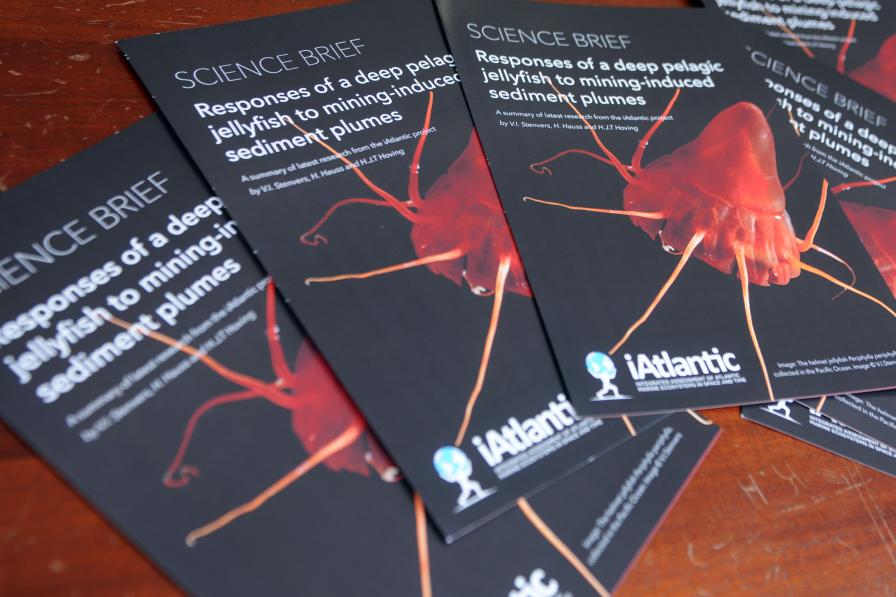The International Seabed Authority (ISA) Council’s deliberations on the draft regulations for commercial exploitation of deep-sea mineral resources turned to the question of environmental externalities on Wednesday. Deliberations focused on whether and how to incorporate environmental externalities— the economic concept of uncompensated environmental effects of production and consumption—in the payment mechanism of the draft exploitation regulations.
In the morning, Chair Olav Myklebust, Norway, opened the session of the Working Group on the financial terms of a contract, inviting delegates to revisit pending issues from Tuesday’s session. On the transfer of rights and obligations under an exploitation contract (Regulation 23), delegates agreed on draft text on prior written consent for the transfer of rights and profit share.
On the commencement of commercial production (Regulation 27), members agreed on streamlined text that sets a threshold for the commencement of commercial production and addresses cases of non-compliance.
Secretary-General Michael Lodge explained the three types of fees contained in Part VIII of the draft exploitation regulations (annual, administrative, and other applicable fees). Chair Myklebust invited delegates to further reflect on linking the payment of the annual fixed fee to the date of commencement of commercial production.
Luke Brander, Vrije Universiteit Amsterdam, presented two studies on the value of ecosystem services and natural capital of the Area and on guidance on the economic valuation of ecosystem services and natural capital of the Area. He concluded that very limited information is available on the value of ecosystem services from the Area, which constitutes an insufficient basis for value transfers to estimate external costs of mining activities. He recommended conducting primary valuation studies for key ecosystem services provided by ecosystems in the Area.
Germany presented a concept note on integrating environmental costs into the payment mechanism of the draft exploitation regulations. He stressed that valuation of externalities is not a new concept and is incorporated in several national legal systems. Noting that the concept note contains suggested language for the draft regulations, he urged assessing the true costs of deep-sea mining activities to humanity, starting from measurable costs, and eventually leading to different levels of compensation for diverse environmental externalities.
Some members supported exploring the possibility to use an equalization measure to take into consideration environmental externalities and incorporate them in the payment mechanism, further supporting the content of the concept note. They argued that introducing environmental externalities is not just a responsibility, but a necessity for sustainable development. Some underscored the need to highlight cultural ecosystem values and services, taking into account the perspectives of Indigenous Peoples and local communities.
Others emphasized that incorporating environmental externalities in the payment mechanism of the draft regulations would be premature. They called for first developing common understanding, including an internationally agreed methodology, also addressing positive externalities. They emphasized that land-based mining jurisdictions do not calculate environmental externalities for royalty rates, and stressed that the UN Convention on the Law of the Sea (UNCLOS) and the 1994 Agreement provide the legal foundation.
Observers emphasized that the measurement of economic values for ecosystem services in the Area has many knowledge gaps and uncertainties. They queried the opportunity costs of species extinction, which may be infinite, further stressing that the appropriate level of royalties to compensate future generations cannot be calculated. They cautioned that there is no publicly available scientific data to suggest that restoration or offsetting are viable mitigation strategies. They reiterated the call for a moratorium unless and until certain conditions are met.
Closing the 10th meeting of the working group, Chair Myklebust noted that, notwithstanding divergent opinions, all agree that environmental externalities require further discussion.
In the afternoon, the ISA Council resumed its deliberations. President Juan José González Mijares, Mexico, invited delegates to commence the revision of the consolidated text.
On the preamble, some members supported including a provision to acknowledge current uncertainties and limited knowledge about deep-sea ecosystems and the potential effects of activities in the Area, and to have the possibility for considering the revision of the regulations in light of advancements in scientific knowledge.
On use of terms and scope (Regulation 1), members discussed, without reaching agreement, whether to retain references to: the rights and legitimate interest of coastal states as well as the right to conduct marine scientific research and the freedom of the high seas; and regional environmental management plans.
Regarding the principles, approaches, and policies (Regulation 2), delegates expressed divergent views on: whether to align the principles with language adopted under the UN Ttreaty on Biodiversity of Areas Beyond National Jurisdiction (BBNJ Treaty); whether to include references to other global commitments and international instruments; how to make the regulations future-proof; and whether to include criteria to be fulfilled prior to commencing exploitation in the regulations or as a Council decision.
They further discussed references to the precautionary principle/approach; open access to non-confidential data and information, and the relationship with Indigenous and traditional knowledge and free, prior, and informed consent; and whether a provision on members, contractors, and the ISA upholding public trust and not engaging in decisions in which they have a conflict of interest should be retained.
In the evening, an event hosted by the Deep Ocean Stewardship Initiative (DOSI) under the title “What does the deep ocean do for you?” focused on the valuation of ecosystem services.
To receive free coverage of global environmental events delivered to your inbox, subscribe to the ENB Update newsletter.
All ENB photos are free to use with attribution. For the 1st Part of the 29th Annual Session of the ISA, please use: Photo by IISD/ENB | Diego Noguera

